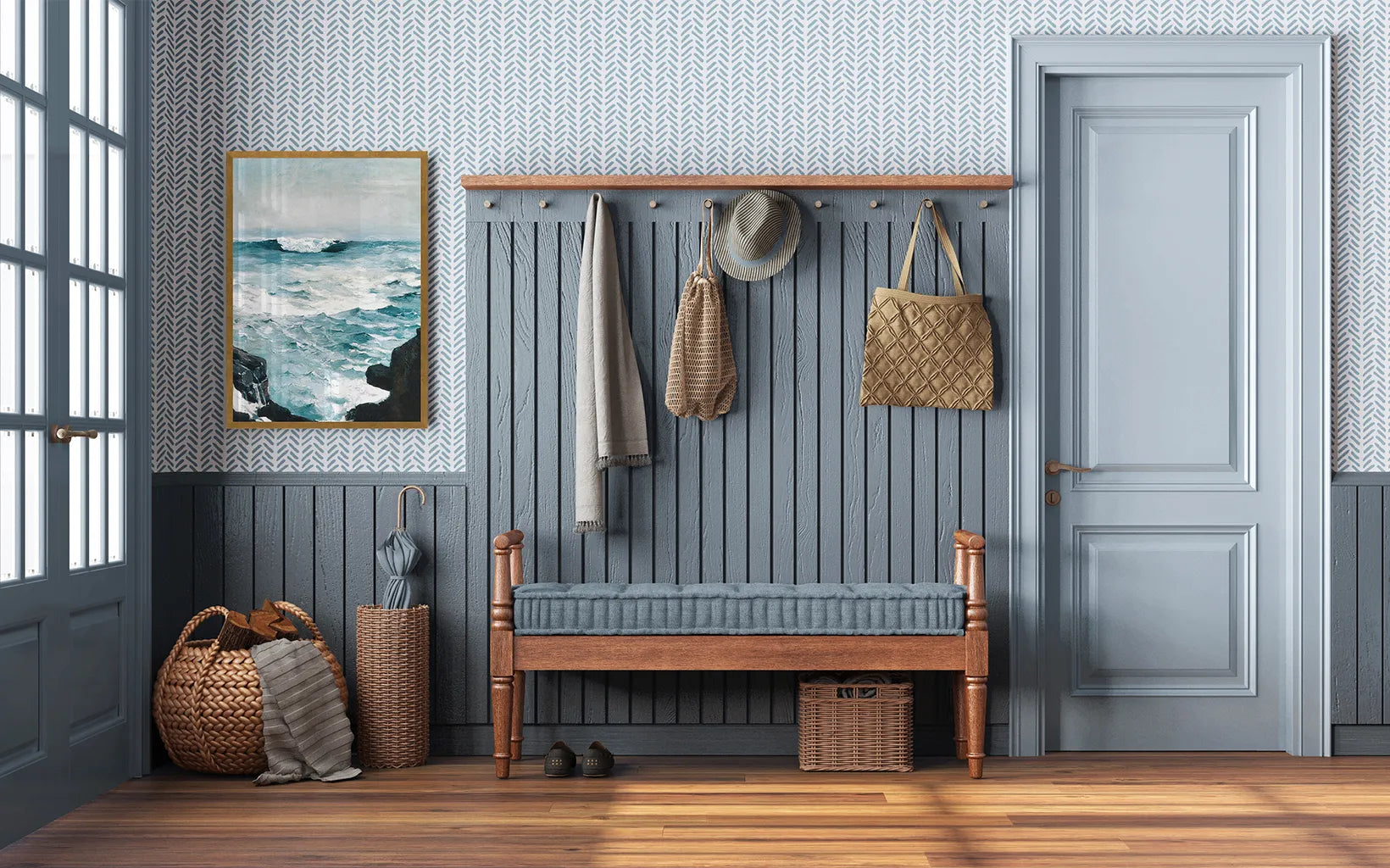Choosing the right picture frame glazing for your photo frames is crucial. The glazing (the glass or acrylic front of a frame) affects not only how your framed picture looks, but also its durability and longevity.
In this guide, we’ll explore the various types of glass and glazing available and help you choose the option that best suits your artwork or photography. From cost-effective acrylic glazing to museum-grade picture frame glass, our glazing options offer unique benefits depending on your needs.
Why glazing matters
Glazing serves as a protective barrier for your artwork, shielding it from dust, moisture and physical damage. It also affects visibility, glare and UV protection. The right picture frame glazing can enhance your artwork’s appearance while ensuring its longevity.
The key benefits of picture frame glazing:
-
Shields artwork from dust, moisture and accidental damage
-
Enhances visibility with anti-glare and high-clarity options
-
Offers UV protection to prevent fading and discolouration
Budget-friendly glass and glazing: Practical & cost-effective protection
For those seeking an affordable yet effective glazing option, acrylic and float glass glazing offer cost-conscious solutions.
Acrylic
This lightweight, shatter-resistant material is commonly used for high-volume framing projects or artwork that needs to be shipped. It offers clear visibility and basic protection at a lower cost. While not as durable as picture frame glass, acrylic glazing is an ideal choice for temporary displays or budget-friendly projects.
Key features
-
Lightweight & shatterproof: As a plastic material, budget acrylic is much lighter than glass and won’t shatter into sharp pieces. That makes it safer to handle and ship – no risk of broken glass – and helps keep shipping costs low.
-
Clear viewing: With about 90% light transmission, it offers a clear view of your artwork. While it's slightly less bright than premium glass, modern acrylic is impressively clear – sometimes even outperforming standard glass glazing at this thickness.
-
Slim profile (~1.2mm): Acrylic glazing typically comes in ultra-thin sheets around 1.2mm thick. This keeps the weight and cost down while still offering solid coverage. Despite its thinness, it protects artwork from dust and fingerprints.
-
Ideal for bulk orders & shipping: Because it won’t crack or break, this glazing is great for high-volume orders – like bulk photo frames – and for anything that needs to be shipped or moved regularly. It’s a go-to for online retailers and frame makers who want frames to arrive intact, in turn making it a smart, safe choice for kid-friendly environments or public spaces where glass could pose a risk.
Technical tip: Acrylic glazing offers minimal UV protection – comparable to plain glass, or slightly better in some cases – and tends to be more prone to scratches. For valuable or long-term displays, it's worth considering an upgrade to glazing with UV filtering or a harder coating. But for everyday posters, art prints or bulk-framed pieces headed for shipping, this budget-friendly alternative does the job safely and affordably.
Float glass
The most commonly used picture frame glass glazing, float glass provides a reliable and affordable solution for your photo frames. Its optical clarity ensures true colour display, making it a solid choice for general-purpose framing.
Key features
- Excellent clarity: With high visible light transmission (around 88-90%), float glass lets your artwork shine through with true-to-life brightness and colour.
-
Smooth, flat surface: Thanks to the float process, this glass glazing is extremely flat and distortion-free, ensuring a clean, accurate view of the artwork. It has a slight green tint due to its iron content – visible mostly on the edges or in larger pieces – but this is barely noticeable in smaller frames viewed head-on.
-
Affordable & readily available: Float glass is one of the most cost-effective options when it comes to picture frame glazing. It’s mass-produced, widely stocked and affordable – especially for small to medium-sized frames – making it a go-to for budget-friendly projects that still call for a glass front.
- Rigid but breakable: At around 2mm thick, float glass adds structure and a sense of quality to the frame. However, since it’s real glass, it’s also heavier than acrylic glazing and prone to shattering on impact. Handle with care, and consider using acrylic in high-traffic areas or child-friendly spaces where safety is paramount.
Use case: Float glass is ideal for common framing needs like photos, prints, certificates and non-archival artwork. It offers a clear, traditional display at a low cost. Keep in mind that standard glass blocks only a small portion of UV light – about 50% or less – so for pieces exposed to strong sunlight, upgrading to UV-protective glass is a smart move. For indoor displays in moderate lighting, though, float glass delivers excellent clarity and value.
Standard glazing: Versatile glass and glazing options for everyday use
Non-reflective glass and glazing remain go-to choices for everyday framing, offering a reliable balance of cost, clarity and protection.
Non-reflective acrylic
A step up from budget acrylic, non-reflective acrylic picture frame glazing offers improved clarity, color accuracy, and durability. It's shatter-resistant and lightweight, making it a safer alternative to glass in homes, offices and public spaces.
Key features
-
Anti-glare surface: Non-reflective acrylic features a special surface – either an etched matte finish or an anti-reflective coating – that scatters light to reduce glare. Instead of seeing reflections of windows or yourself, viewers see the artwork more clearly. This dramatically cuts the mirror-like shine that can obscure images in bright or sunny spaces.
-
High light transmission: Even while reducing reflections, high-quality non-glare acrylic maintains strong clarity – typically around 92% light transmission, comparable to clear acrylic. Colours and details stay vibrant, especially when the acrylic glazing is placed directly against the art (if there's a gap, you might see a slight softening, but far less than with older non-glare materials).
-
Lightweight & impact-resistant: As an acrylic, this glazing is about 40–50% lighter than glass glazing, making large photo frames easier and safer to handle. It's also impact-resistant – if dropped or bumped, it won’t shatter like glass. Instead, it bends or cracks in a safer way, making it ideal for public spaces or kid-friendly environments.
- Easy to cut & install: Typically around 2mm thick, non-reflective acrylic is easy to cut to size – either by suppliers or experienced DIY framers. It's less fragile during cutting than glass, and usually comes with protective films on both sides to ensure a clean, scratch-free finish when you're ready to frame.
Keep in mind: Clean non-reflective acrylic gently using a soft microfibre cloth and a mild cleaner to avoid scratching the coated surface. Also note that this type of acrylic doesn't automatically offer UV protection unless specified by the manufacturer. If you're preserving valuable artwork, look for UV-filtering acrylic or step up to museum-grade picture frame glass (covered later). But for a safe, lightweight, glare-free display, this option is tough to beat.
Non-reflective glass
If glare is a concern, non-reflective glass helps by diffusing light and minimising reflections. This picture frame glazing is ideal for artwork displayed in bright rooms or direct sunlight, ensuring that the details of the piece remain visible without distracting glare.
Key features
-
Glare reduction: Etched non-glare glass scatters light to minimise reflections, making artwork easier to see under bright or direct lighting. Instead of seeing windows or lights reflected in the glass, you’ll get a clearer view of the piece. It’s ideal for cutting glare without tilting or repositioning the frame.
-
Maintains true colour (with minor softening): Modern etched glass preserves colour fidelity while slightly softening sharpness. When placed directly against the artwork, the image stays vibrant and clear. If there’s a gap – like with mats or spacers – you might notice a faint haze at certain angles.
-
Great for bright, public spaces: Non-reflective glass works well in areas with lots of light, like offices, galleries or rooms with windows. It reduces distracting glare that standard glass glazing would reflect. Perfect for framed pieces in lobbies, hallways or anywhere with overhead lighting.
-
Standard thickness and weight: Usually around 2mm thick, non-glare glass has the same weight, rigidity and scratch resistance as regular float glass. It's real glass, so handle it with care. While not as light or shatter-resistant as acrylic glazing, it brings a solid, professional feel.
- Cost and availability: This glass costs a bit more than standard clear glass but much less than museum-grade options. Most suppliers offer it as a widely available, mid-range upgrade. It’s a great choice when you want glare control without a premium price tag.
Keep in mind: Non-glare picture frame glass works best when close to the artwork. If there’s too much space between the art and the glass, it can introduce a soft haze. For deeper photo frames or high-detail pieces, consider stepping up to optical coated art glass.
Premium glass glazing: Enhanced protection & clarity for high-value artwork
For superior protection and visibility, premium picture frame glazing options like art glass and museum glass provide exceptional performance.
Art glass
This high-quality picture frame glass offers near-invisible clarity, reducing reflections to less than 1% while transmitting up to 98% of light. It’s a favourite among photographers and galleries, as it enhances the depth and vibrancy of artwork while minimising distractions.
Key features
-
Near invisible with anti-reflective coatings: Art glass features multilayer anti-reflective coatings – like those used on camera lenses or eyeglasses – that reflect less than 1% of light. The result: almost zero glare and minimal visible reflection. When framed, the glazing is so clear it can be hard to tell there's glass at all, allowing the artwork to take centre stage.
-
Crystal-clear viewing: Made from low-iron glass, art glass has no green tint and offers exceptional clarity. Combined with its AR coatings, it transmits up to 98% of light, letting colours and details shine through vividly. It’s like HD for your photo frames – your artwork looks bright, sharp and true to life.
-
Moderate UV protection: Most art glass blocks around 70% of UV rays, offering solid protection against fading – much better than standard glass glazing. It’s a great middle ground between clarity and conservation. While not as protective as museum glass (which blocks ~99% UV), it’s more than enough for most framed pieces.
-
Subtle green edge effect: You may notice a faint green or green-blue reflection at certain angles – that’s the AR coating doing its job. This is sometimes called a “green edge,” though it’s very different from the strong green tint seen in regular float glass. The transmitted image remains perfectly clear with no colour distortion.
- Ideal for fine art and photography: Art glass is a favourite for framing fine art, limited edition prints and professional photography. It offers a near-invisible finish with good UV protection, making it perfect for galleries, exhibits or home décor where presentation matters. Collectors and designers love it for balancing visual impact and preservation.
In summary: Art glass glazing is a smart upgrade when you want minimal glare, vibrant colour and moderate UV protection. It sits comfortably between standard and museum glass in both performance and price. For truly irreplaceable or highly light-sensitive pieces, museum glazing is the next step up – but for most artwork, art glass hits the sweet spot.
Museum glass
The gold standard for conservation framing, museum glass blocks 99% of UV rays to protect against fading and damage. Its advanced anti-reflective coating keeps the focus on the artwork, free from glare and distractions. Ideal for preserving valuable or irreplaceable pieces, it’s the top choice for serious collectors.
Key features
-
Virtually invisible appearance: Museum glass features ultra-thin anti-reflective coatings that reduce reflections to less than 1%. In typical lighting, there’s almost no visible glare – viewers often can’t even tell glass is present. The result is a clean, undistracted view that makes the artwork the true focus.
-
Maximum UV protection (99% blocked): This picture frame glazing blocks up to 99% of harmful UV rays, helping preserve artwork, documents and photos from fading and deterioration. It meets strict conservation standards (often labelled “Conservation Grade” or “Conservation Clear with AR”). For galleries, collectors and archivists, this level of protection is essential.
-
True colour, no distortion: Made from low-iron optical glass, museum glass has no green tint and transmits around 96-98% of light. The anti-reflective coating maintains sharpness and colour fidelity without frosting or haze. At most, you might catch a faint warm hue in reflections – otherwise, your artwork appears as vivid and crisp as intended.
-
Conservation-grade durability: Museum glass isn’t just visually superior – it’s engineered to last. Its coatings are chemically bonded and built for long-term performance without fading, peeling or degrading. It’s trusted by museums and conservators to protect irreplaceable works while keeping them display-ready for years to come.
- Premium investment: As the highest-end glazing option, museum picture frame glass comes at a premium – often several times the cost of standard glass glazing. It’s best reserved for original art, heirlooms, limited editions or any piece where clarity and preservation truly matter. Framers often show the difference in glare to demonstrate its value – and once clients see it, they rarely go back.
The bottom line: If you want museum-level presentation and protection, this is the gold standard. Yes, it’s an investment – but for your most treasured pieces, museum glass offers unmatched clarity, preservation and peace of mind.
Choosing the ideal glazing for your artwork
Choosing the right glazing for your photo frames can feel overwhelming with so many options available. However, by considering a few key factors, you can easily narrow down your choices to find the perfect fit.
Here are the most important things to think about when selecting picture frame glazing:
1. Lighting conditions
Think about the lighting in the room where your artwork will be displayed. If the space has bright or direct lighting, non-reflective or anti-glare glazing will help reduce distracting reflections. This is especially important in spaces with a lot of windows or overhead lighting, as glare can often detract from the artwork itself.
2. Preservation & longevity
If the artwork is of sentimental or financial value, or if it’s a piece you want to preserve for generations to come, opting for glazing with UV protection is essential. Museum glass, for example, provides 99% UV protection, preventing fading and deterioration over time. This ensures that your artwork stays as vibrant as the day you framed it.
3. Durability needs
Consider how the piece will be handled and where it will be displayed. Acrylic glazing is much lighter and shatter-resistant compared to picture frame glass. These materials are ideal for high-traffic areas or commercial spaces where safety is a priority. If your artwork is going to be displayed in an environment where it could easily be bumped or touched, these shatterproof options provide peace of mind.
4. Budget & affordability
Your budget plays a key role in glazing selection. Whether you’re working with a tight budget or seeking something more luxurious, there’s a glazing option to suit every price range. Acrylic provides an affordable but functional solution, while premium options like art glass or museum glass offer top-tier protection and clarity.
Final thoughts
At Readymades, we believe that the right picture frame glazing should not only protect your artwork but also enhance its visual appeal. With options ranging from budget-friendly to museum-quality, we offer solutions for every need. Whether you’re framing a family photograph or a fine art piece, we’ll help you find the perfect glazing for your project.
Our glass and glazing options are available as part of a complete frame order. Explore our selection of photo frames and picture frame glazing, or get in touch to discuss your specific requirements.
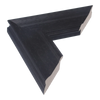 Artistic
Artistic
 Beaded
Beaded
 Box
Box
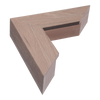 Chunky
Chunky
 Colourful
Colourful
 Contemporary
Contemporary
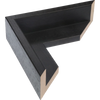 Deep
Deep
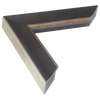 Distressed
Distressed
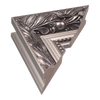 Elegant
Elegant
 Luxurious
Luxurious
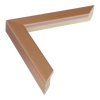 Metallic
Metallic
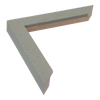 Minimalist
Minimalist
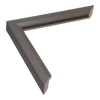 Modern
Modern
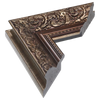 Ornate
Ornate
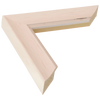 Rustic
Rustic
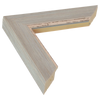 Scandinavian
Scandinavian
 Thin
Thin
 Traditional
Traditional
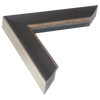 Weathered
Weathered
 Wide
Wide
 Wooden
Wooden
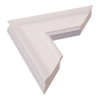 Allure
Allure
 Angle I
Angle I
 Angle II
Angle II
 Baroque I
Baroque I
 Baroque II
Baroque II
 Baroque III
Baroque III
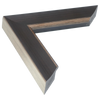 Beach House I
Beach House I
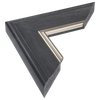 Beach House II
Beach House II
 Box
Box
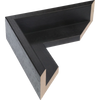 Canvas Float I
Canvas Float I
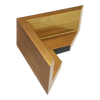 Canvas Float II
Canvas Float II
 Canvas stretcher bars
Canvas stretcher bars
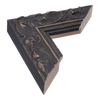 Chateau
Chateau
 Chroma
Chroma
 Classic I
Classic I
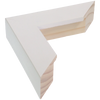 Classic II
Classic II
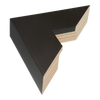 Classic III
Classic III
 Cube
Cube
 Cushion
Cushion
 Diploma
Diploma
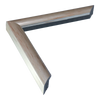 Echo
Echo
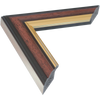 EcoEmpire
EcoEmpire
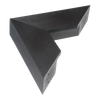 Edge
Edge
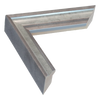 Elegance
Elegance
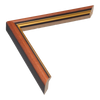 Empire I
Empire I
 Empire II
Empire II
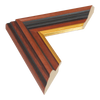 Empire III
Empire III
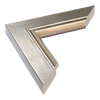 Florenza
Florenza
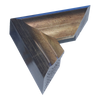 Flow I
Flow I
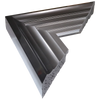 Flow II
Flow II
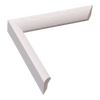 Flux
Flux
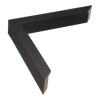 Gelato
Gelato
 Geo
Geo
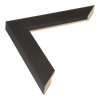 Grace
Grace
 Groove I
Groove I
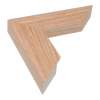 Groove II
Groove II
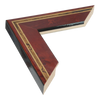 Heirloom
Heirloom
 Hermitage
Hermitage
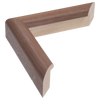 Hockey I
Hockey I
 Hockey II
Hockey II
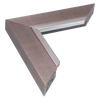 Inset
Inset
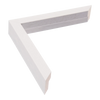 Intra
Intra
 Lacquer
Lacquer
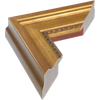 Laurel
Laurel
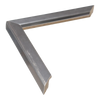 Legacy
Legacy
 Linear I
Linear I
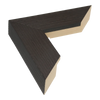 Linear II
Linear II
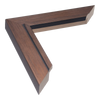 Lined
Lined
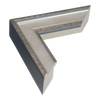 Majestic
Majestic
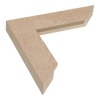 Metro
Metro
 Milano
Milano
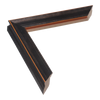 Monarch
Monarch
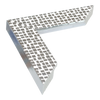 Mosaic
Mosaic
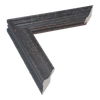 Muse I
Muse I
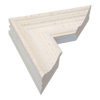 Muse II
Muse II
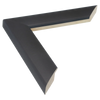 Nero
Nero
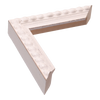 Nimbus
Nimbus
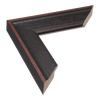 Nordic
Nordic
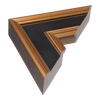 Palazzo
Palazzo
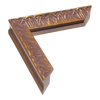 Portico
Portico
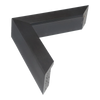 Prima
Prima
 Pure
Pure
 Regency
Regency
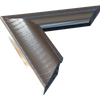 Ripple
Ripple
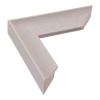 Scoop
Scoop
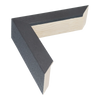 Solid Box
Solid Box
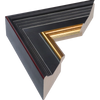 Sovereign
Sovereign
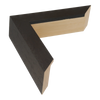 Spacer I
Spacer I
 Spacer II
Spacer II
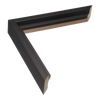 Step
Step
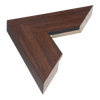 Strata
Strata
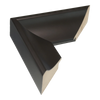 Swoop
Swoop
 Tivoli
Tivoli
 Tribeca
Tribeca
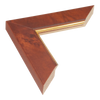 Waldorf
Waldorf
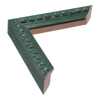 Beaded
Beaded
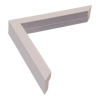 Brushed
Brushed
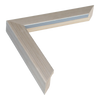 Chrome
Chrome
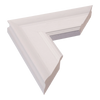 Distressed
Distressed
 Gilded
Gilded
 Gloss
Gloss
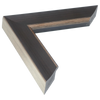 Grain
Grain
 Matt
Matt
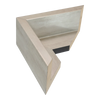 Metallic
Metallic
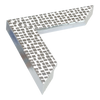 Mirrored
Mirrored
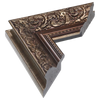 Ornate
Ornate
 Painted
Painted
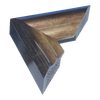 Smoked
Smoked
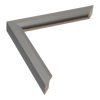 Smooth
Smooth
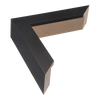 Stained
Stained
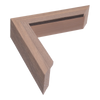 Veneered
Veneered
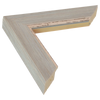 Washed
Washed
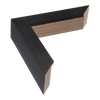 Wood
Wood
